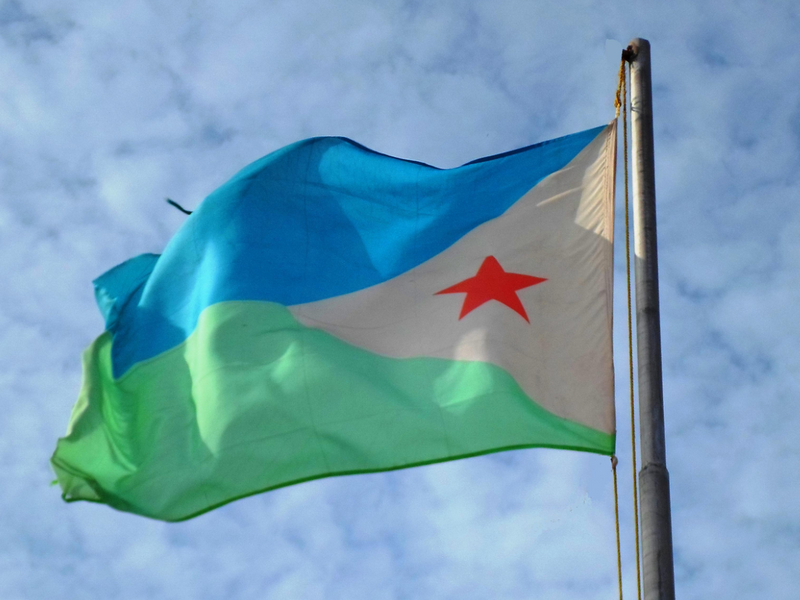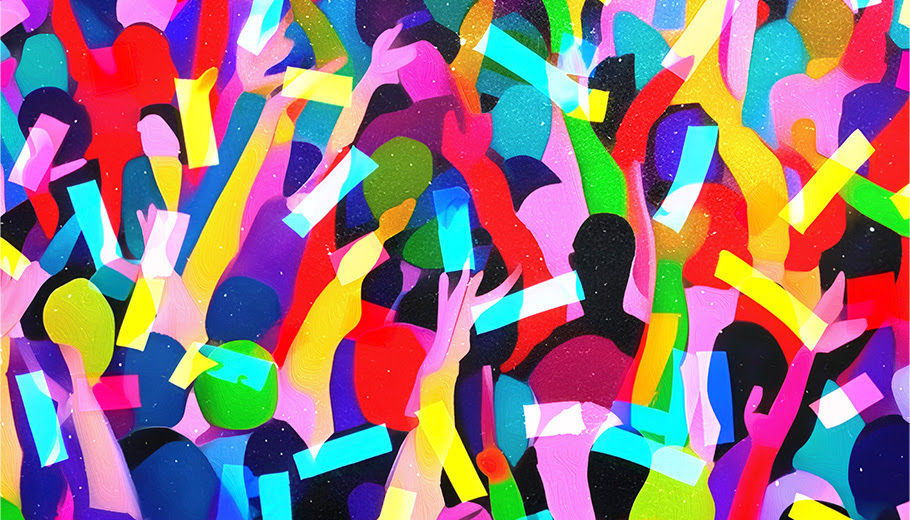
Djibouti was ruled by a Sultan in the nineteenth century. Still, by 1862, the French had begun purchasing land to support its coaling station at Obock after reaching an agreement with Afar leaders. During the ‘Scramble for Africa,’ the French legally acquired the province in 1884 and dubbed it French Somaliland in 1896. After Italy temporarily occupied the region after WWII, Djibouti proclaimed it a French Overseas Territory. The French staged a referendum in 1958 to determine if its inhabitants wanted to stay with France or join the newly founded Republic of Somalia.

FIgure 1 – Djibouti location. Source – Google
After numerous Somalis were removed from Djibouti, foreign residents had a vote, resulting in a stay-with-France conclusion. With France publicly favoring the Afar minority, just 25% of the people opted for independence. Djibouti was essentially informed that it would lose its largely self-governing status and become a French province governed by the French Parliament. After new election rules were implemented in 1963, essentially scrapping direct representation in the French Parliament in favor of a straight plurality voting based on lists presented by political parties in seven designated districts within Djibouti, demands for independence rose. President de Gaulle visited the territory in 1966 and was left with little doubt about the rising sentiment for independence and cries for change with two days of protests and rioting against the background of many other African states becoming independent republics during the 1960s and early 1970s.
 Figure 2 – Independence day celebration. Source – Google
Figure 2 – Independence day celebration. Source – Google
France surrendered its last African colony in 1977, lowering the Tricolor above the Territory of the Afars and Issas and ushering its little country on the Horn of Africa into an uncertain future as the sovereign Republic of Djibouti. President Hassan Gouled Aptidon handed the keys to the elegant, white High Commission headquarters on the riverfront, ending French administration after 115 years marking June 27th as the official Independence day for Djibouti.
 Figure 3 – Official flag. Source – Google
Figure 3 – Official flag. Source – Google
Djibouti’s flag was chosen on the day the country achieved independence. Its colors symbolize Djibouti’s beautiful landscapes, multicultural population, and the eternal principles of the country’s national motto: Unité, Égalité, Paix (Unity, Equality, Peace). The Djibouti Independence Day festivities focus on presenting the finest of the African country’s native customs. The parades and speeches by key persons, including the President, are at the heart of the festivities. People also make the day their own by singing, dancing, and having a good time. The military parade is a prominent feature of the celebrations. The national army displays the many forces and equipment at its disposal. Troops from the United States, France, and Germany also participate in the parade, headed by a marching band. On this day, Djibouti’s national anthem is performed. The procession is followed by a celebration at the Presidential Palace when he gives a speech to the East African nation’s ordinary people. Traditional Djiboutian dishes include Djibouti Fah-fah (Djibouti soup), a substantial stew made with meat and vegetables and eaten over Canjeero, a crepe-like fermented flatbread.
The country’s expatriate groups also commemorate Djibouti’s Independence Day. During this unique week, Radio Television of Djibouti (RTD) broadcasts documentaries from the nation’s independence fight to remind the populace of the great sacrifices made to free the country.

Anand Subramanian is a freelance photographer and content writer based out of Tamil Nadu, India. Having a background in Engineering always made him curious about life on the other side of the spectrum. He leapt forward towards the Photography life and never looked back. Specializing in Documentary and Portrait photography gave him an up-close and personal view into the complexities of human beings and those experiences helped him branch out from visual to words. Today he is mentoring passionate photographers and writing about the different dimensions of the art world.





